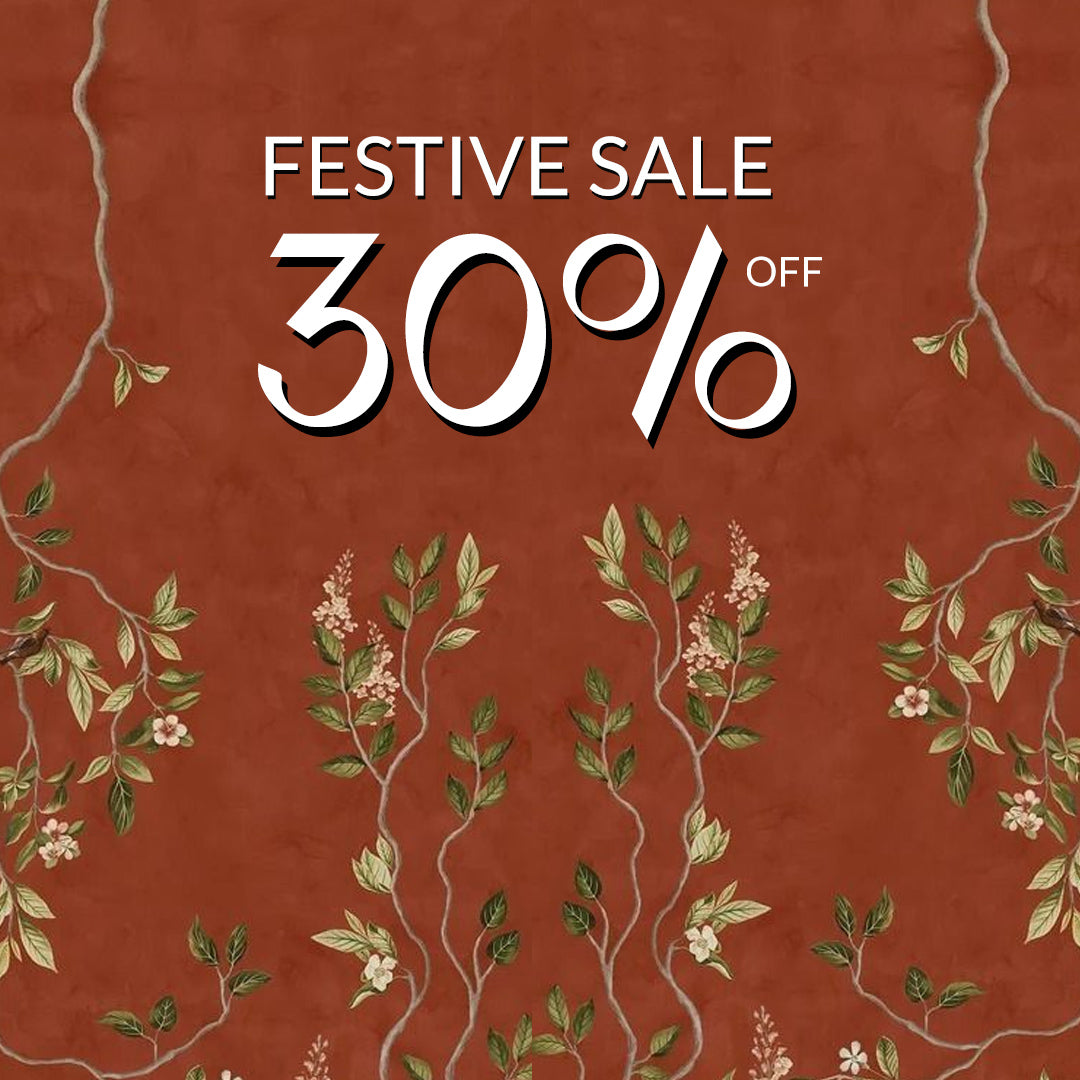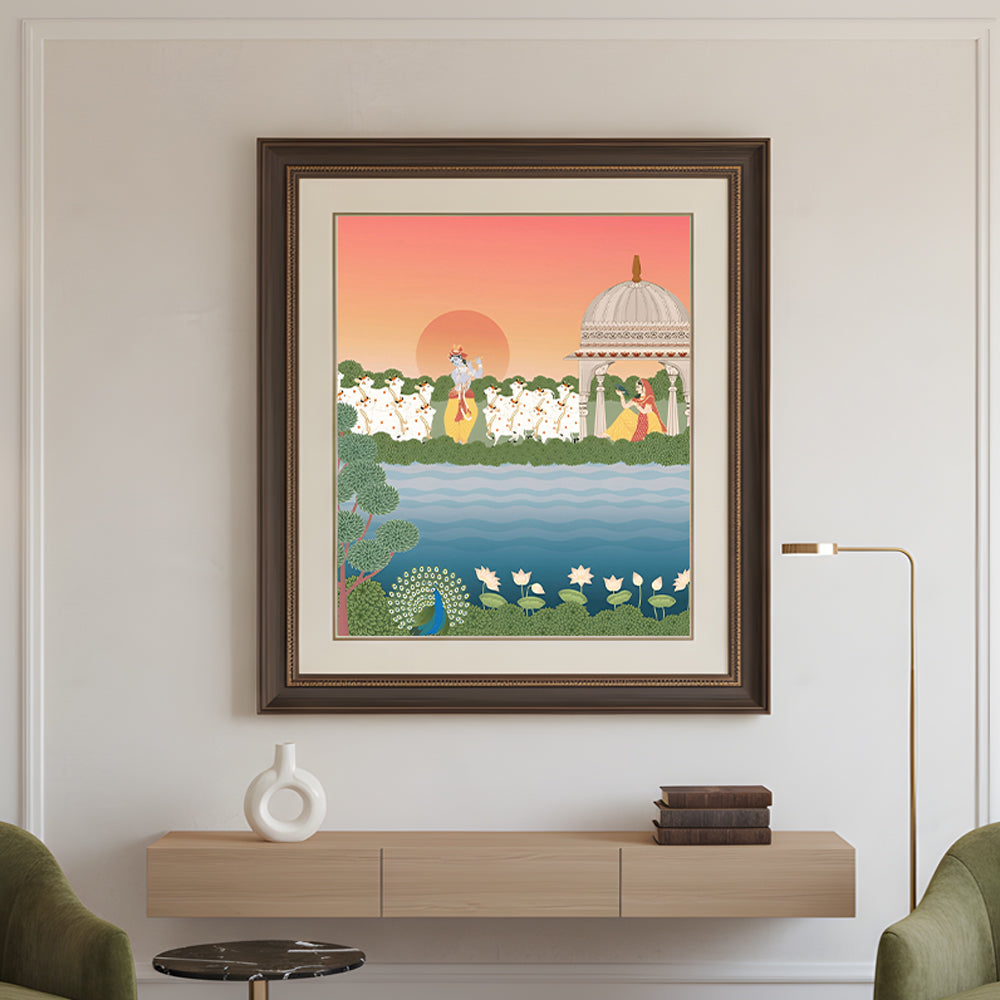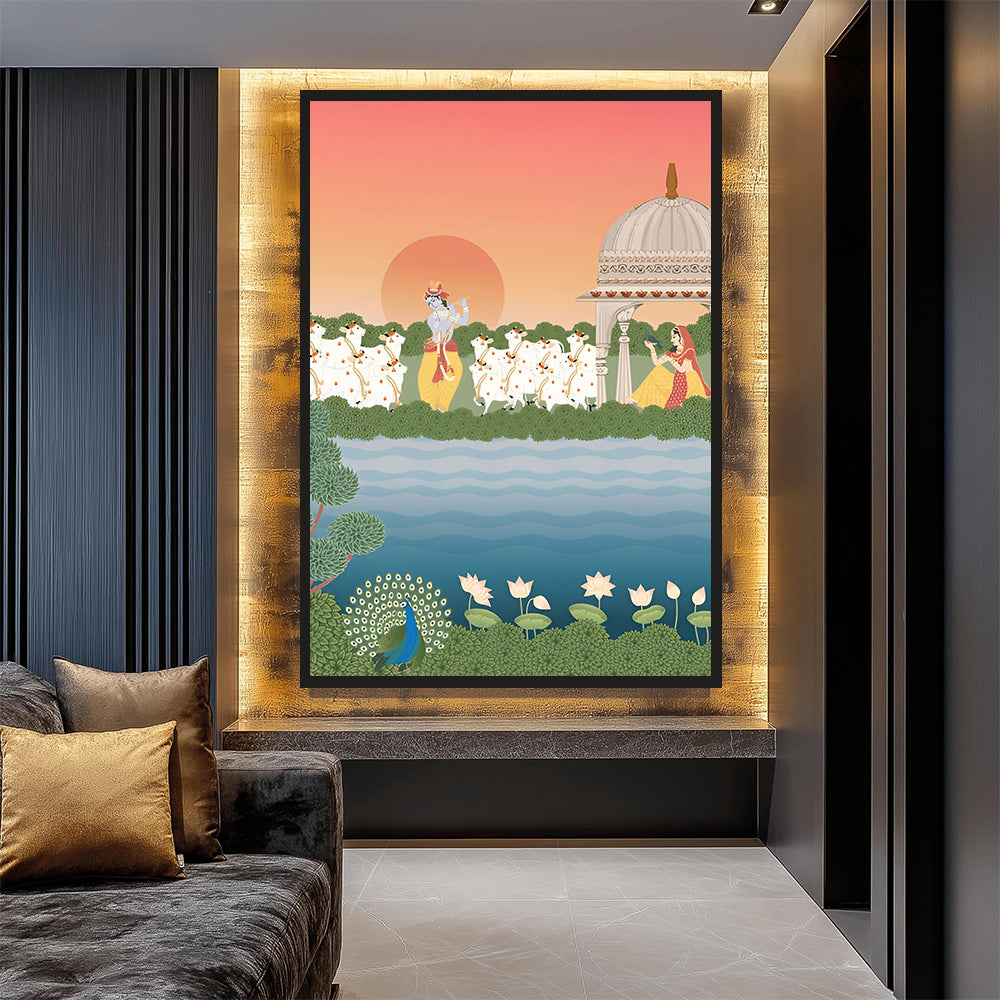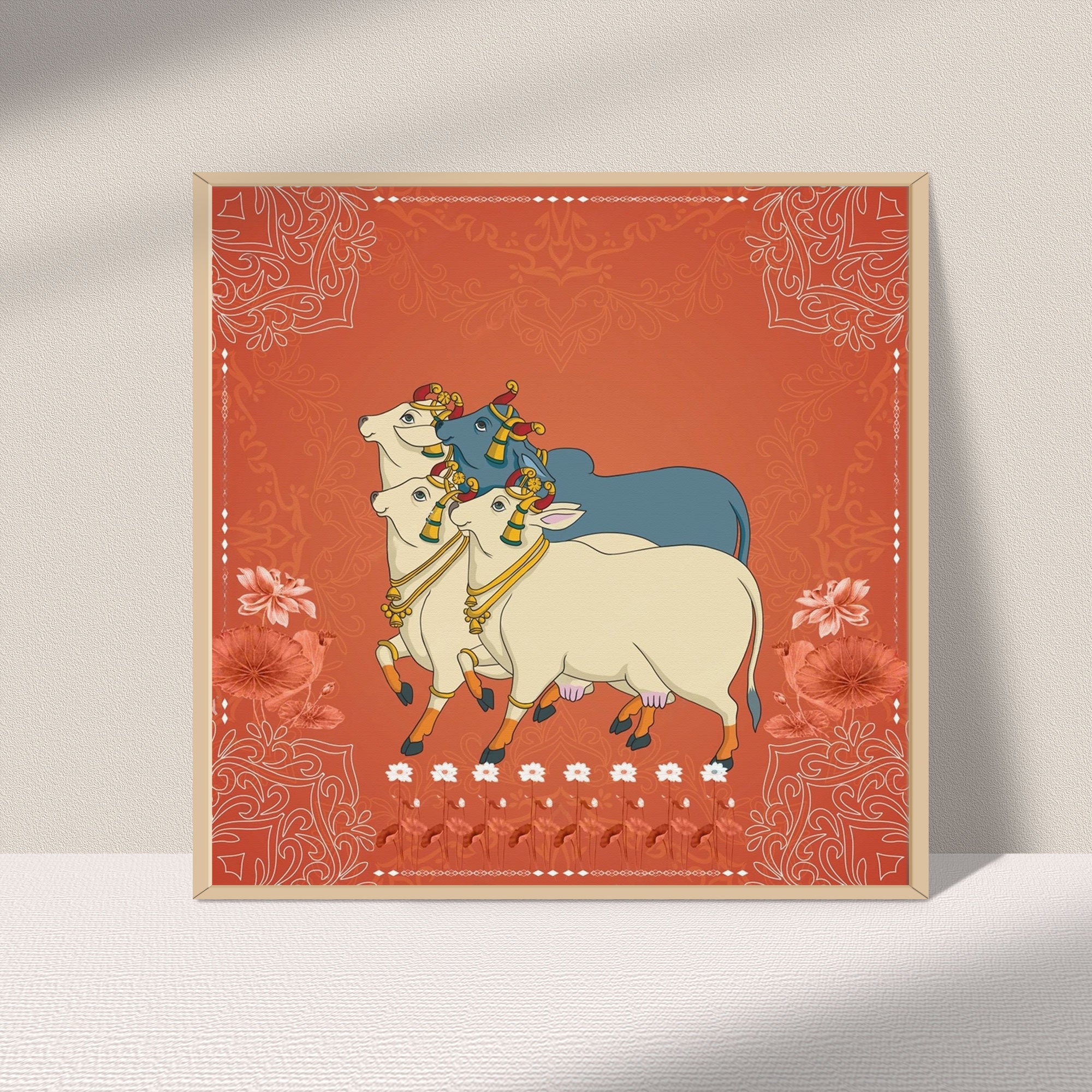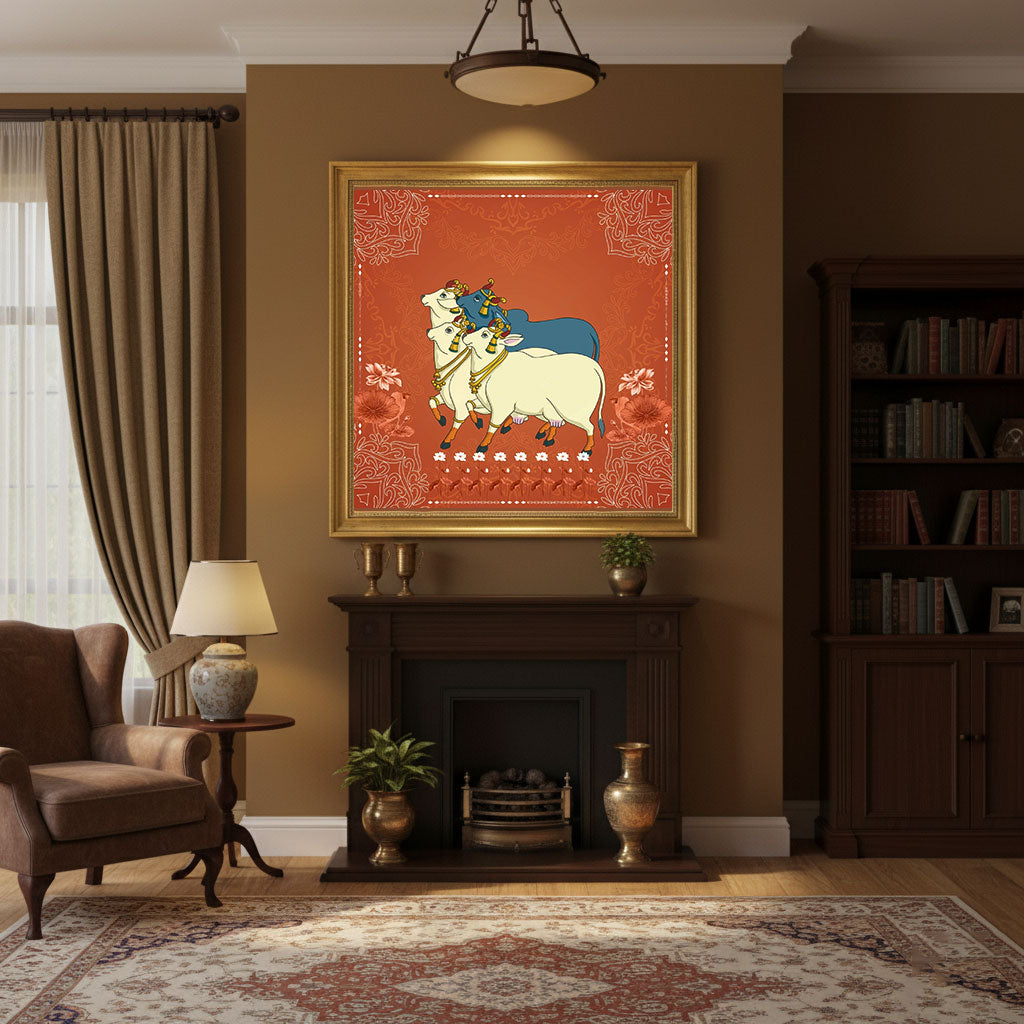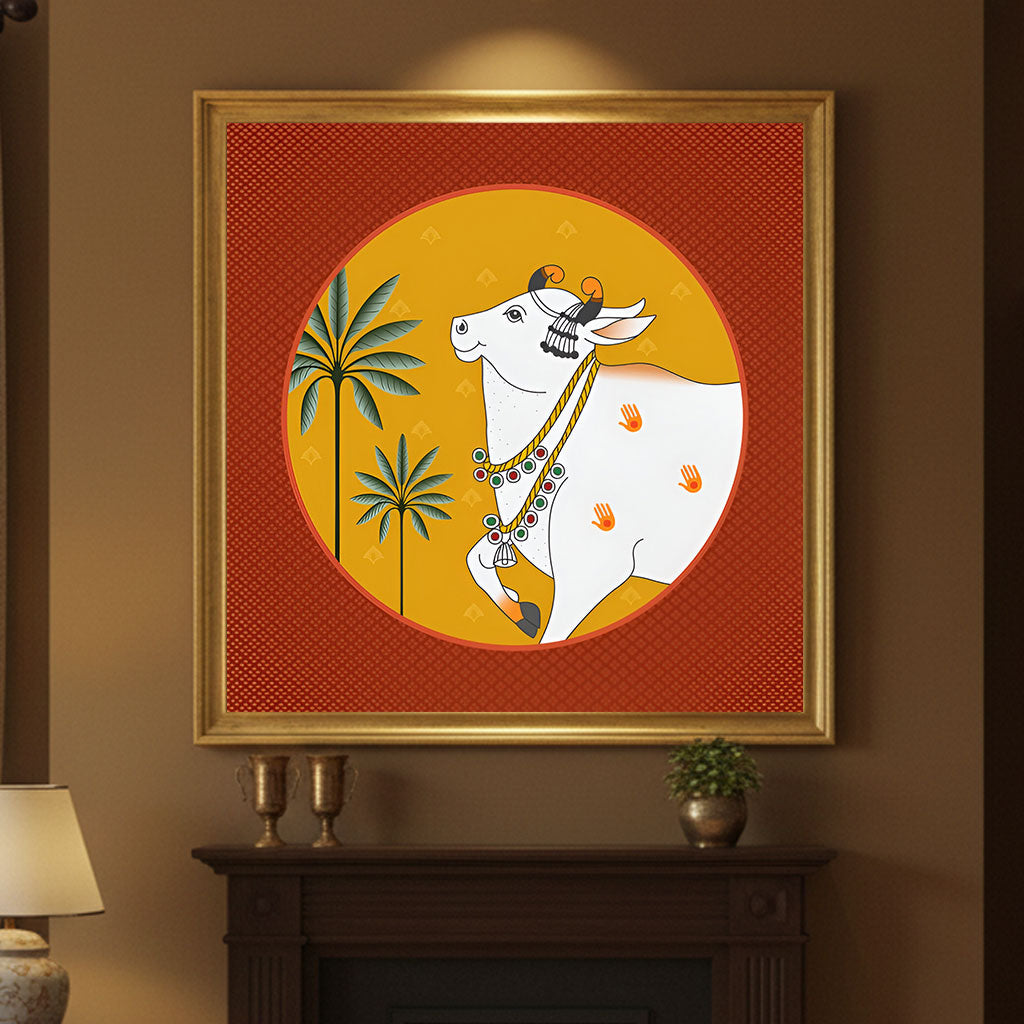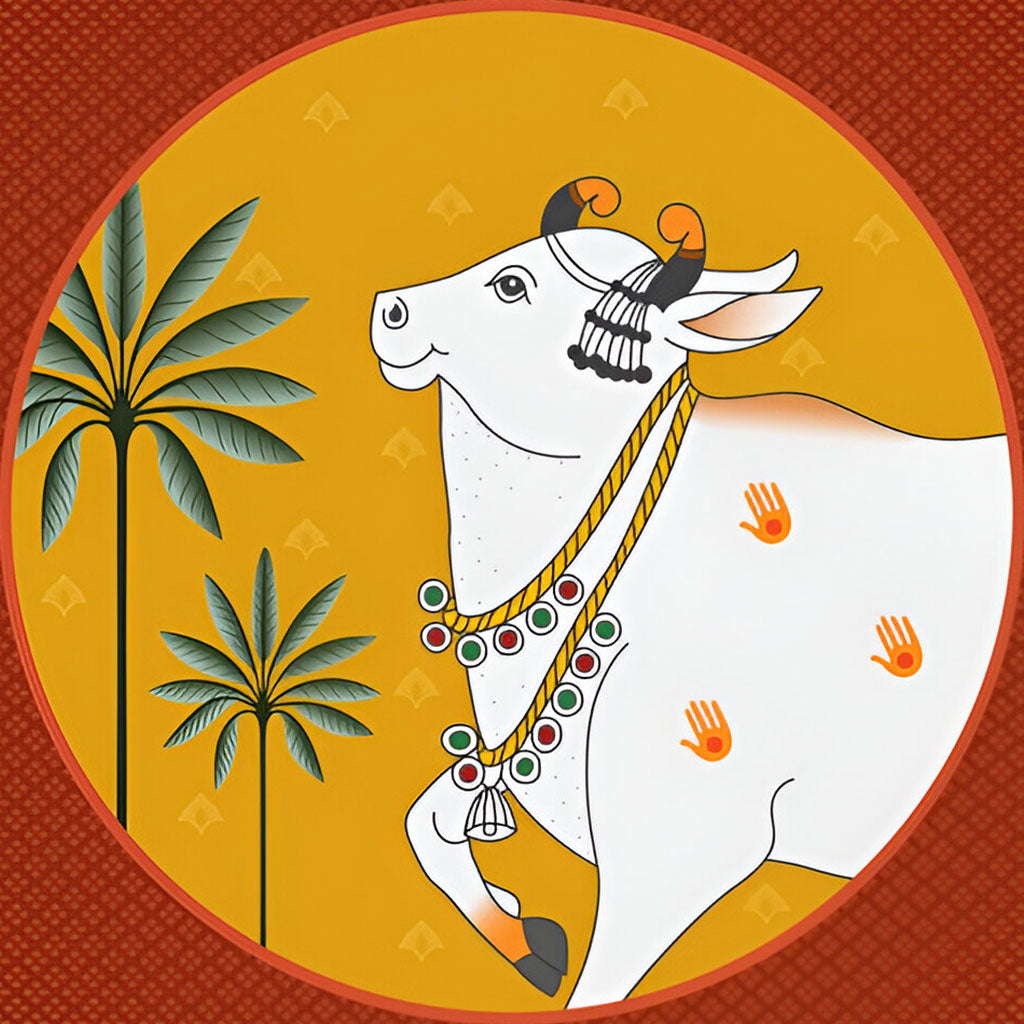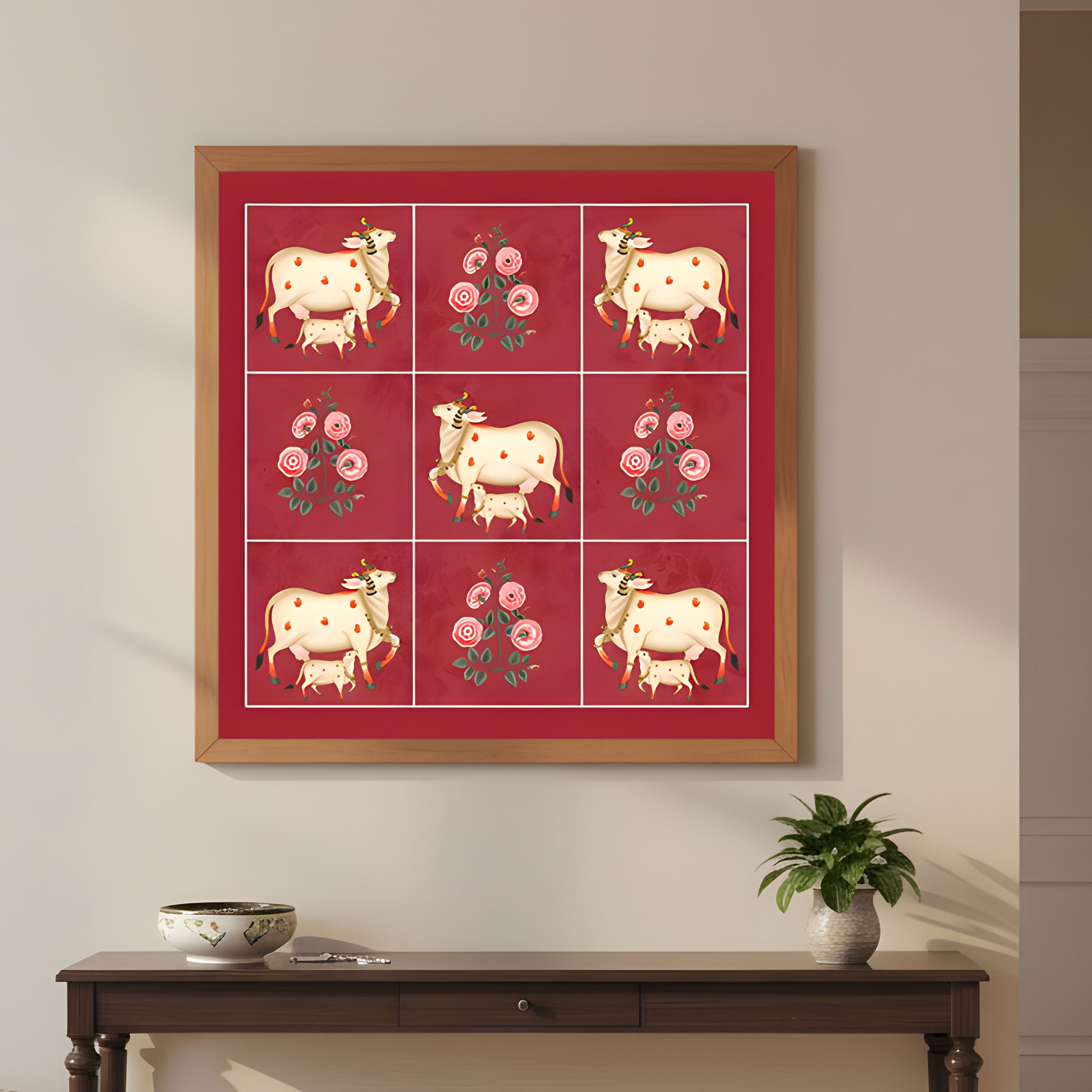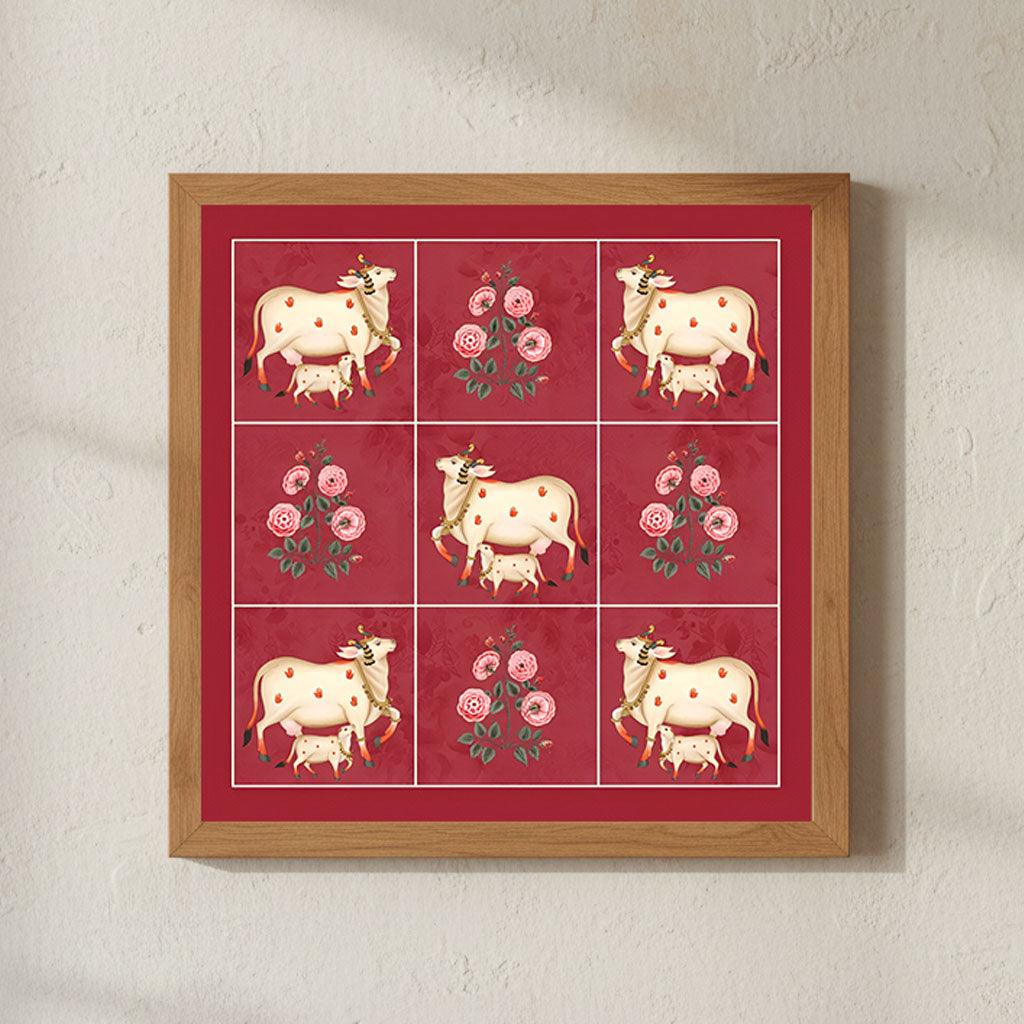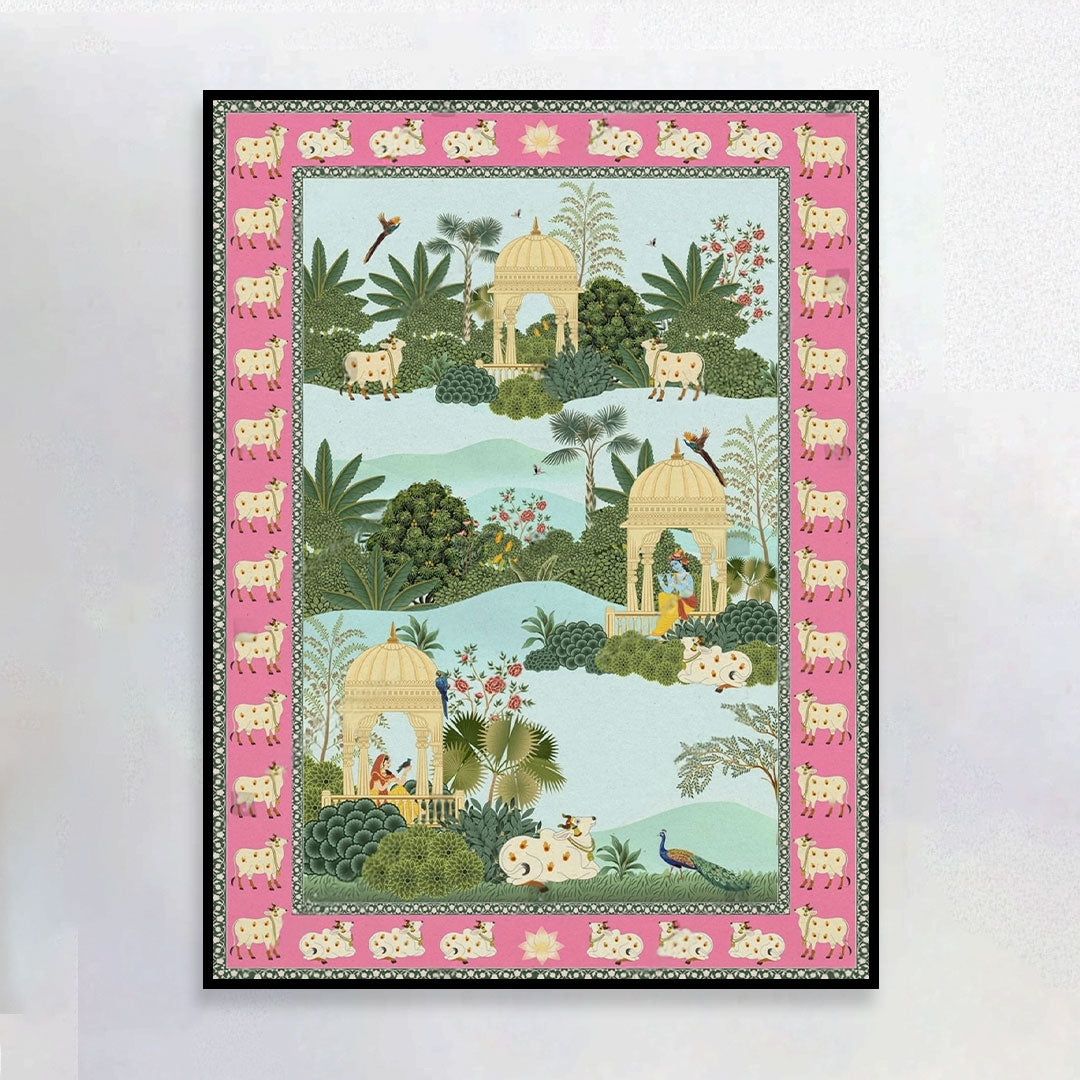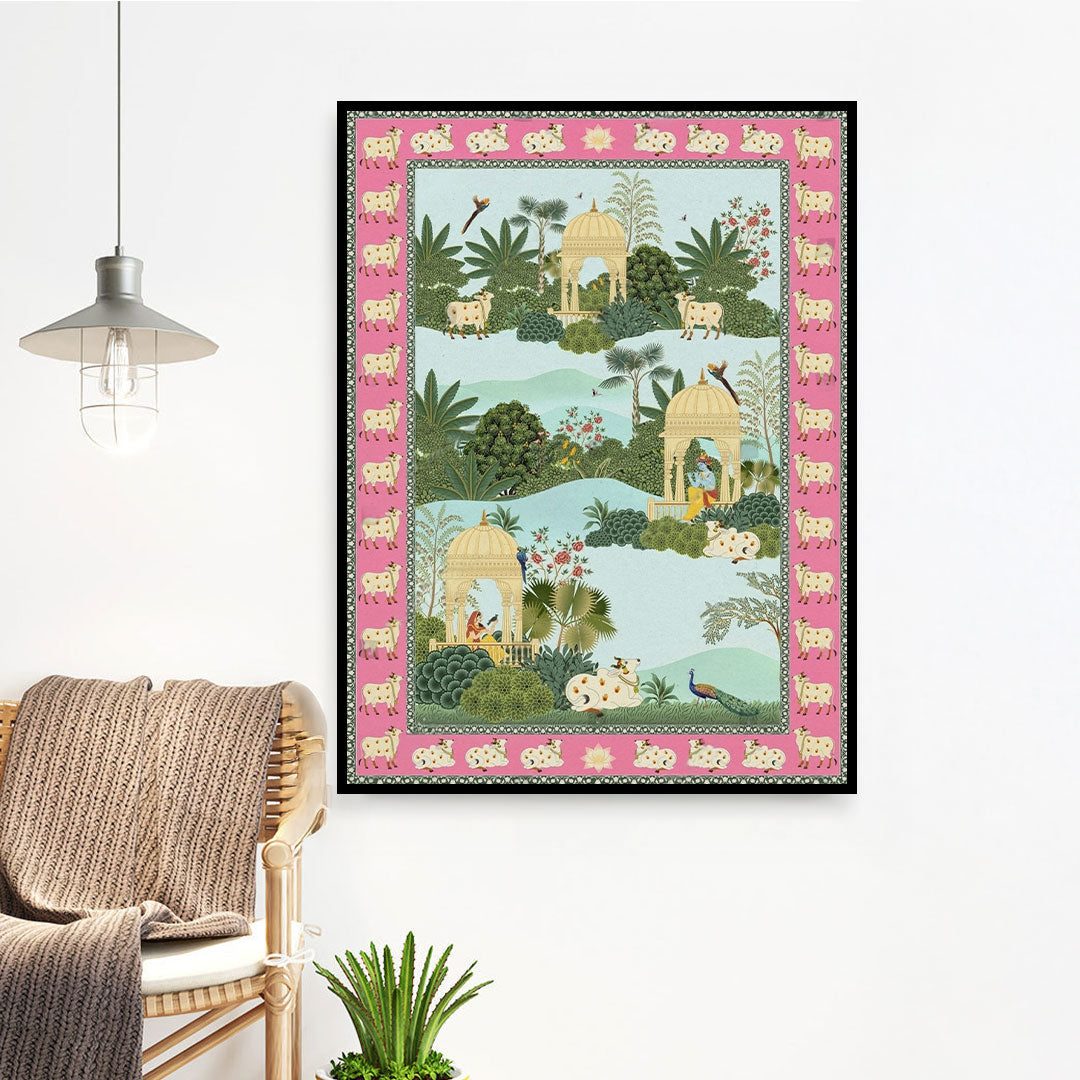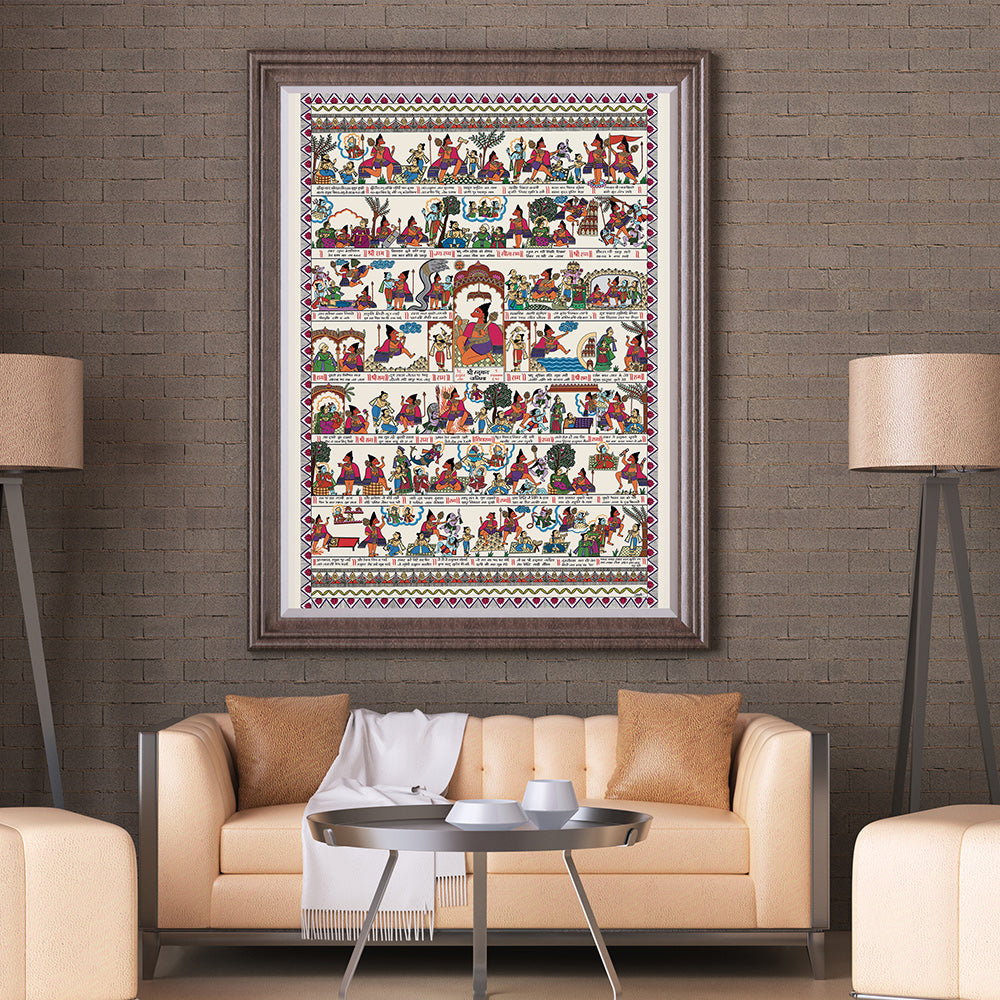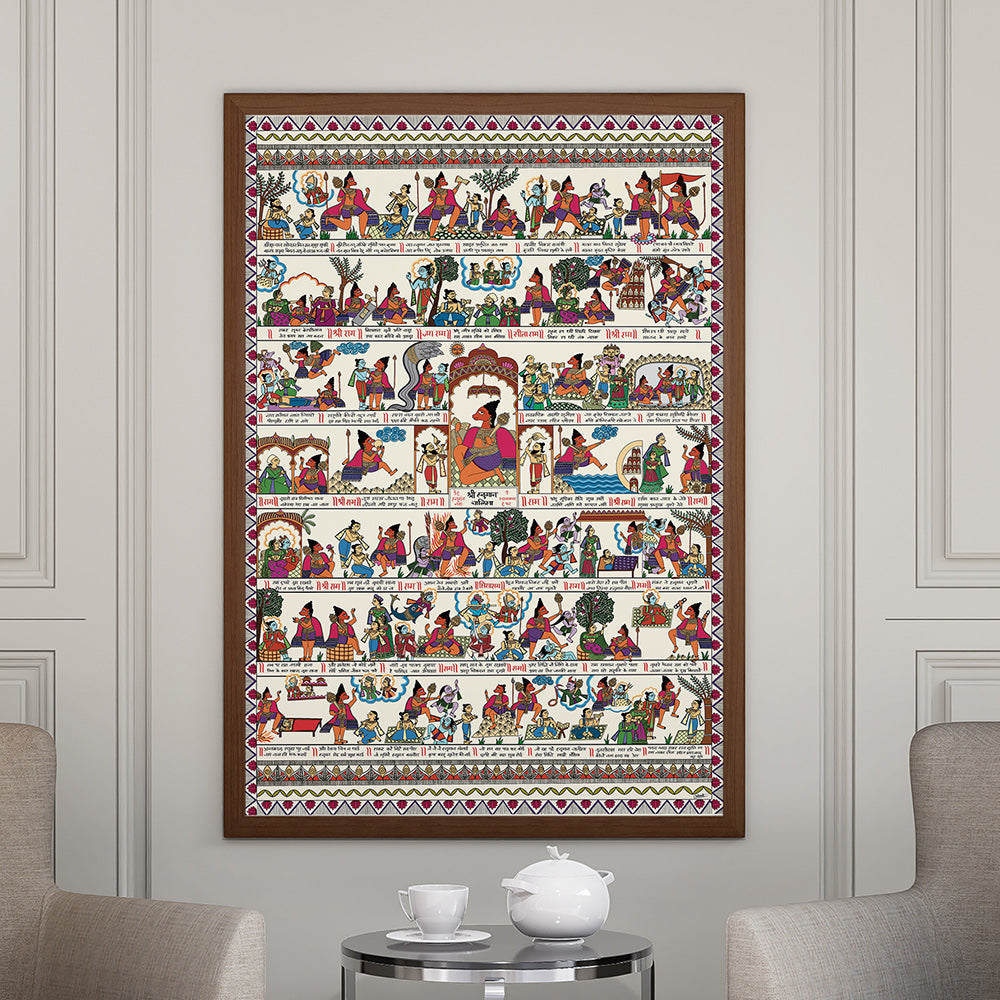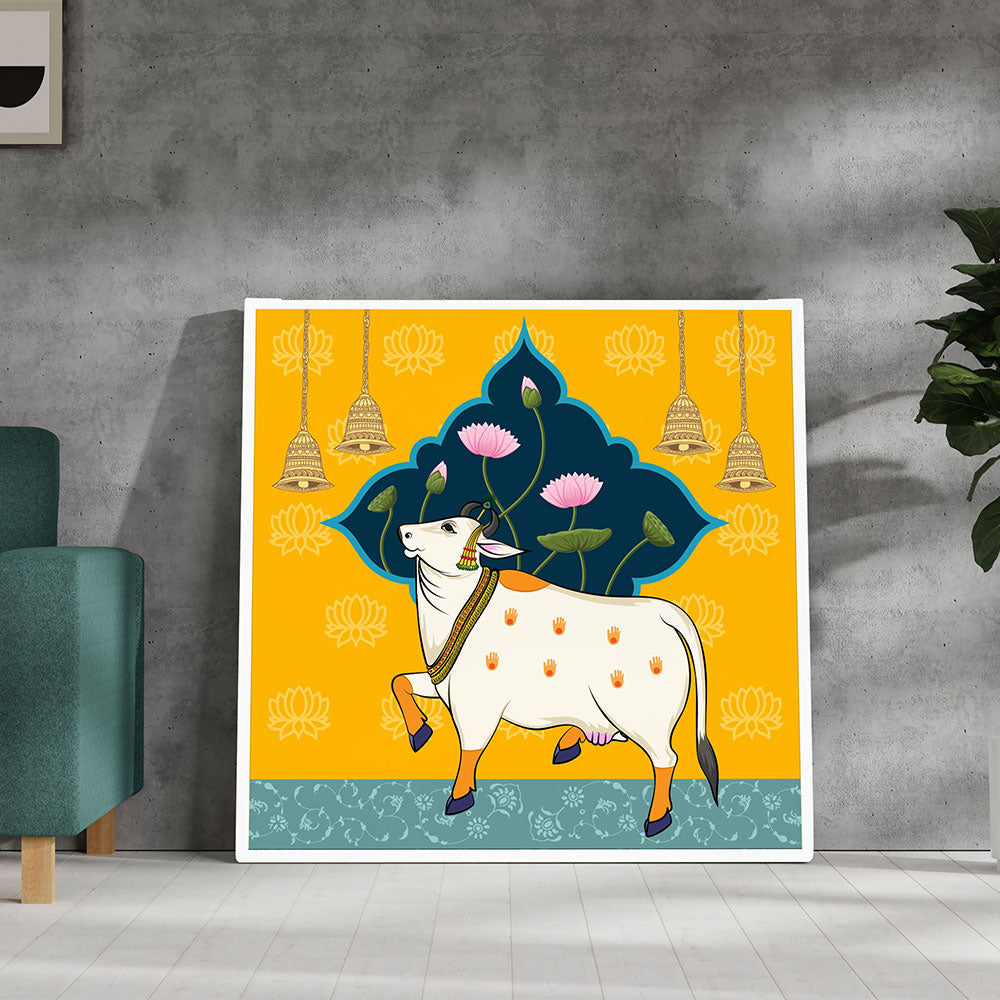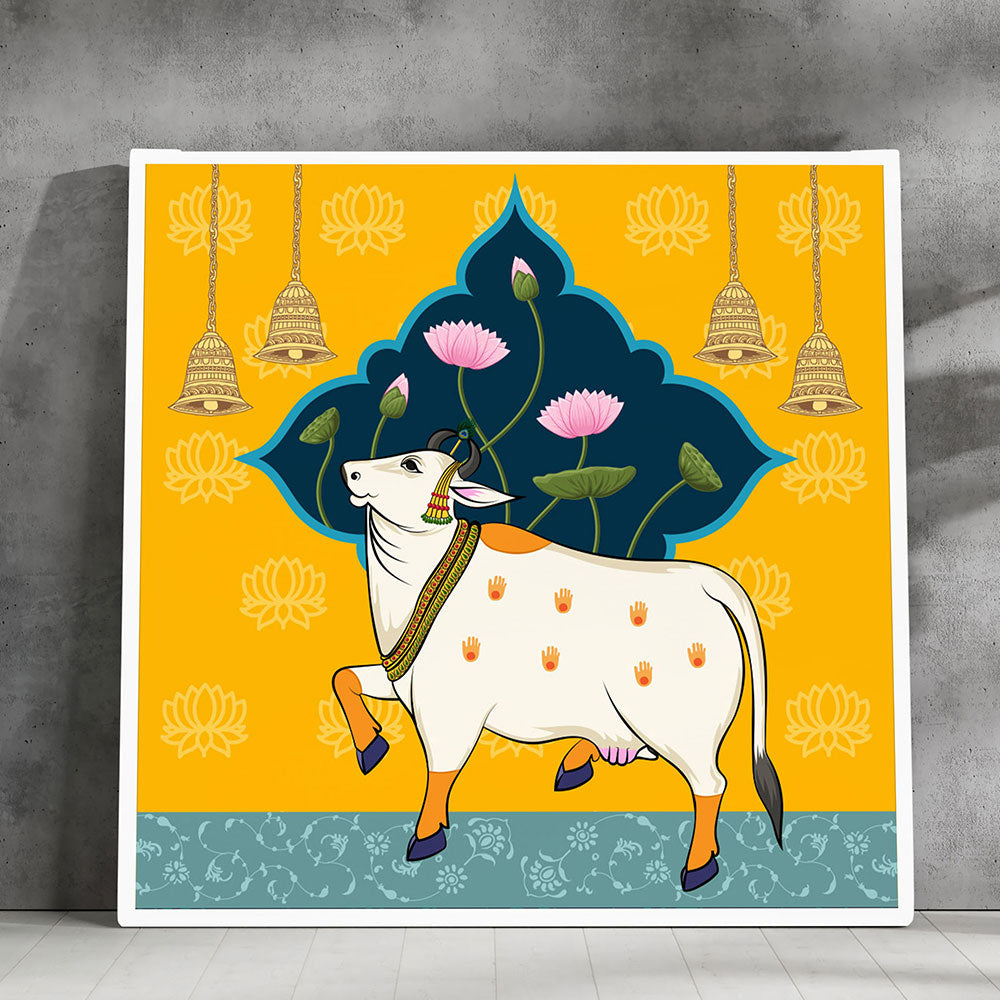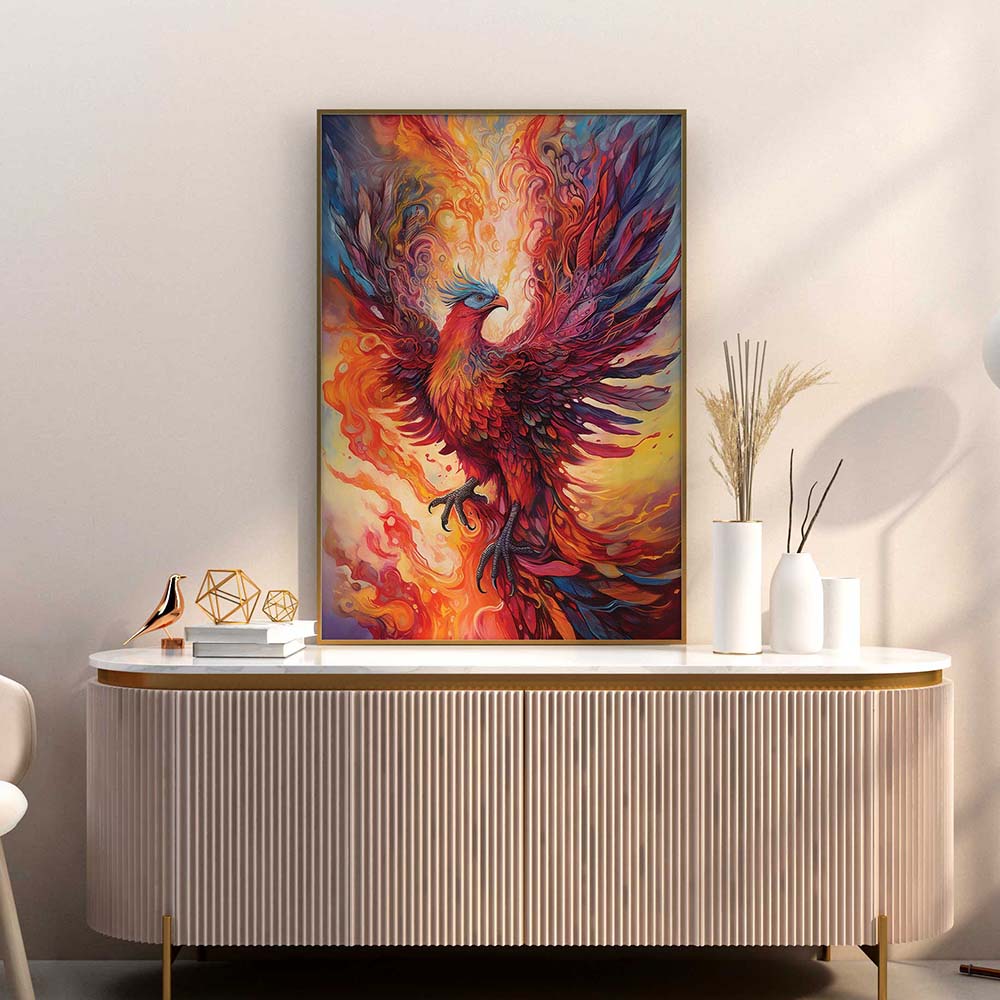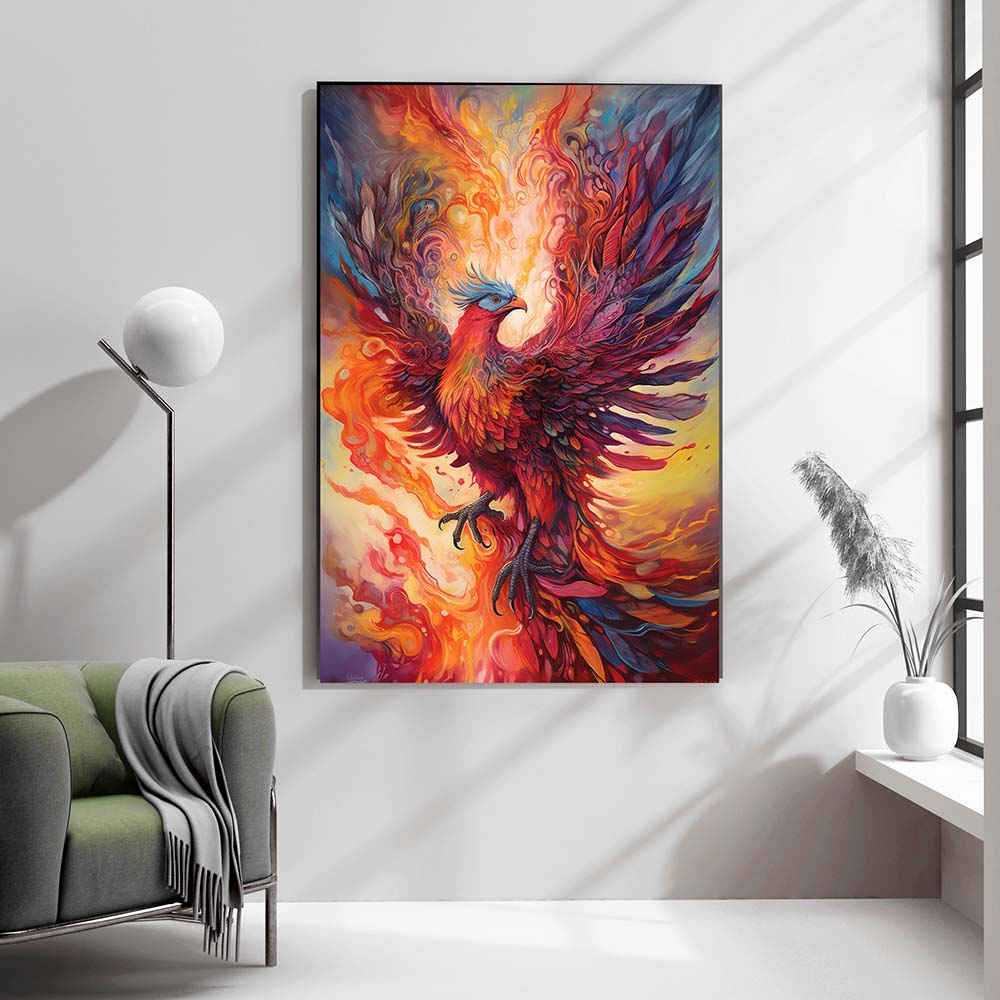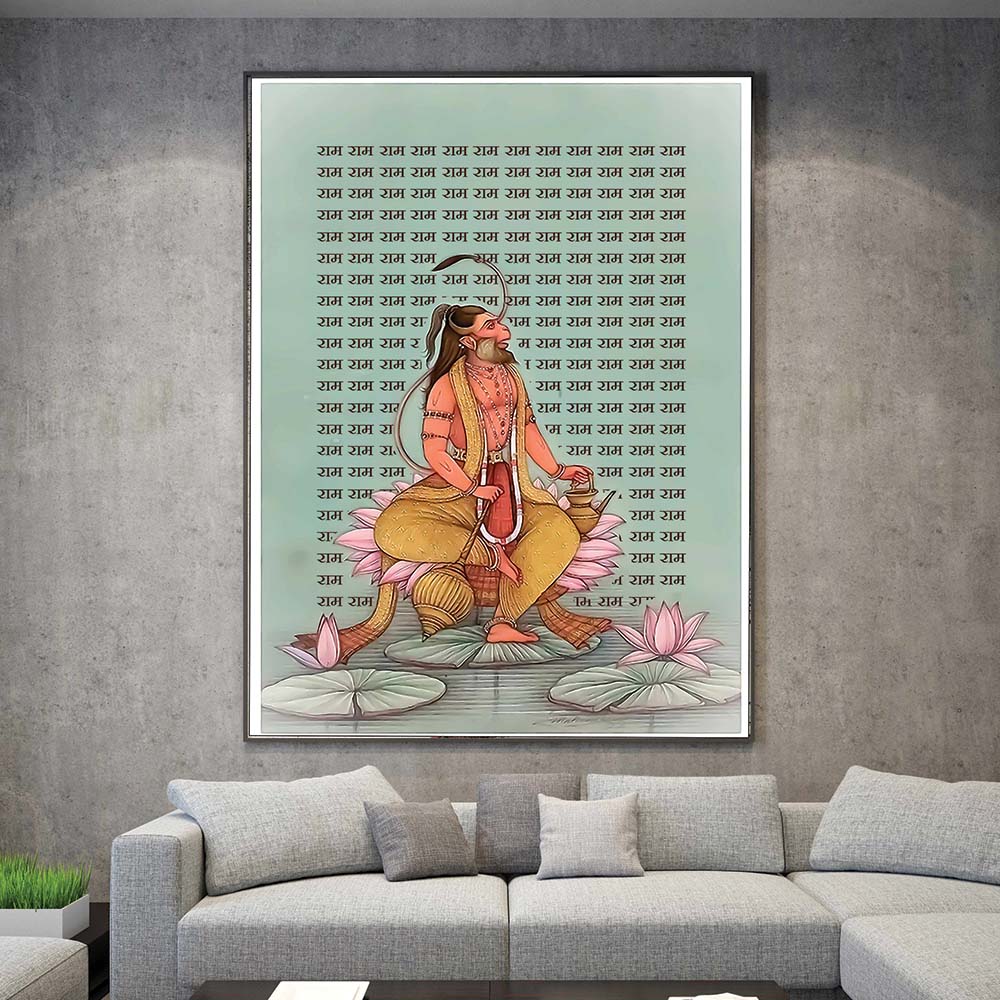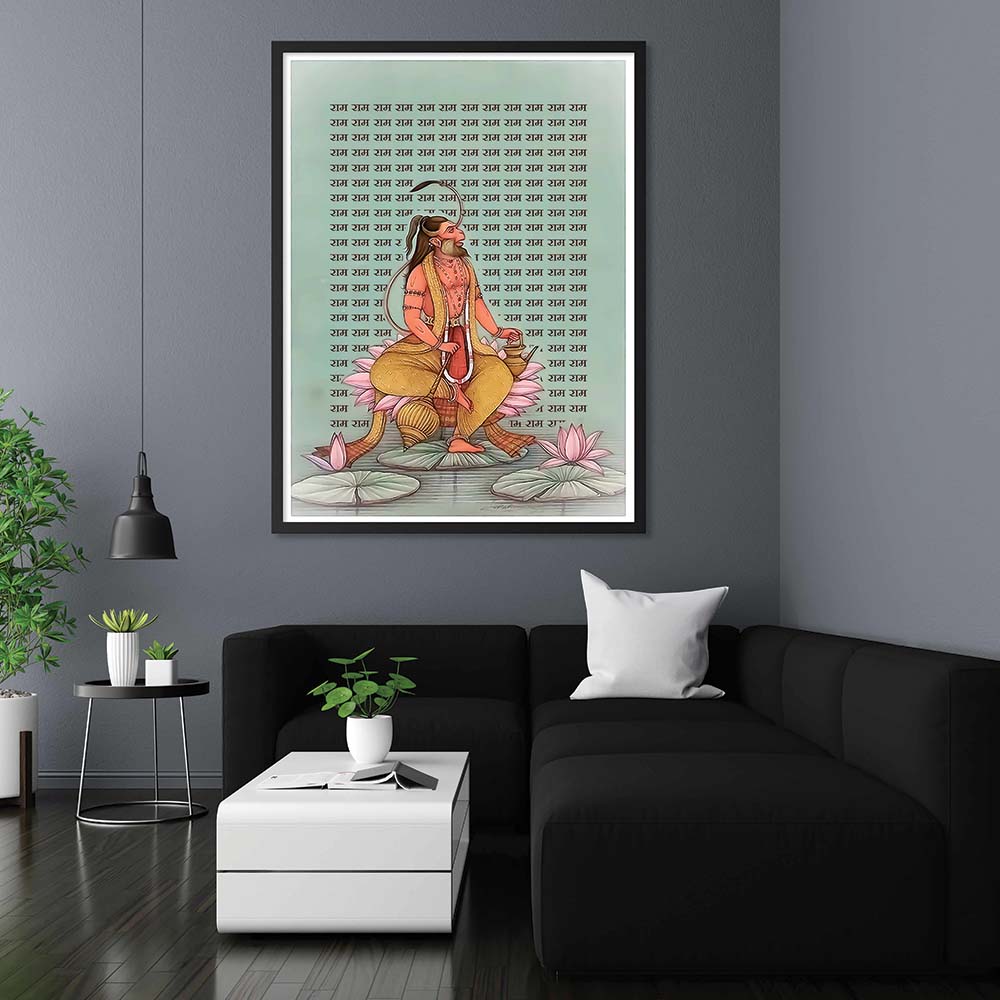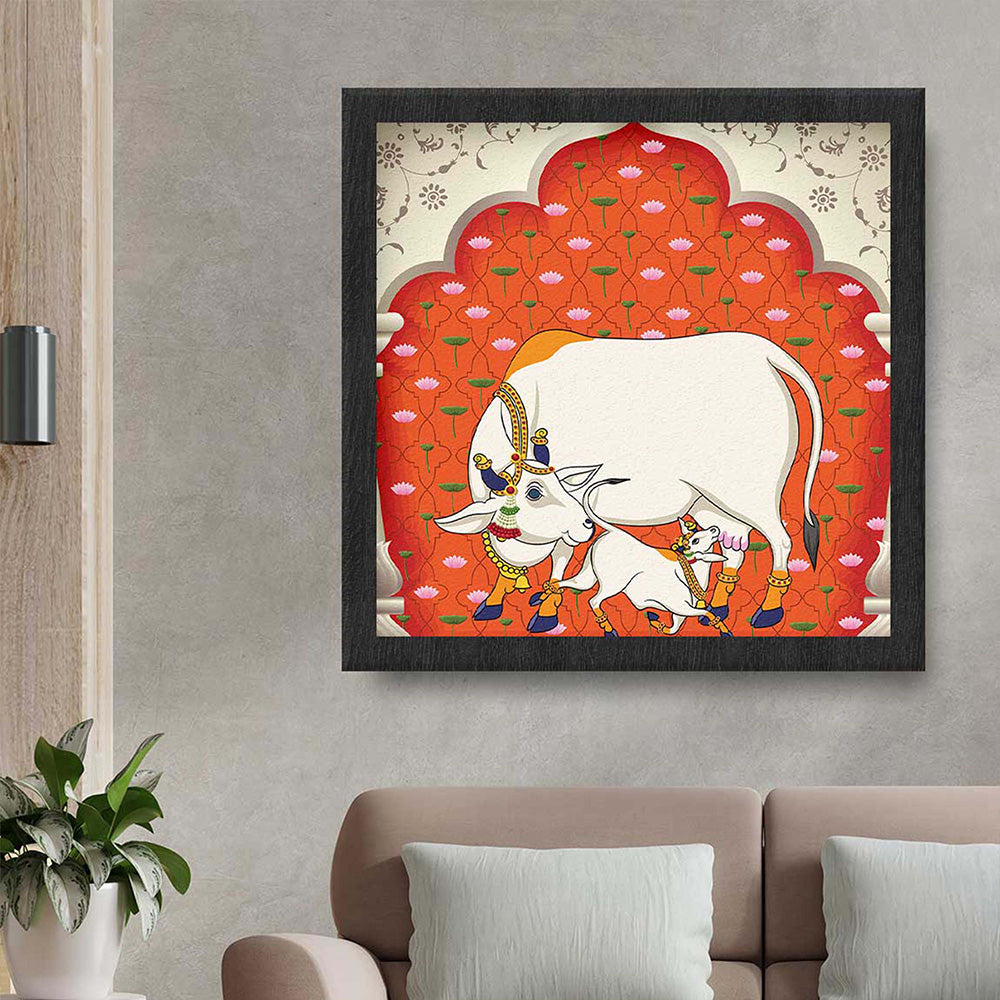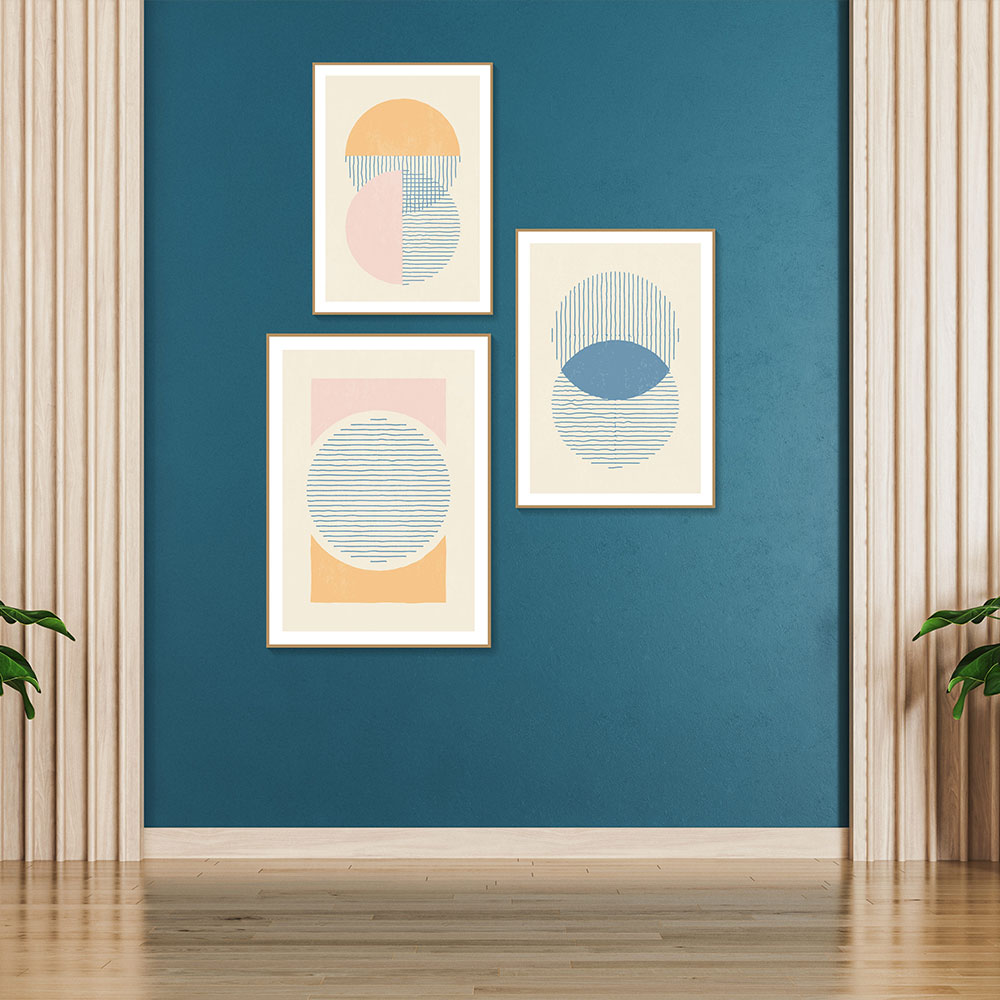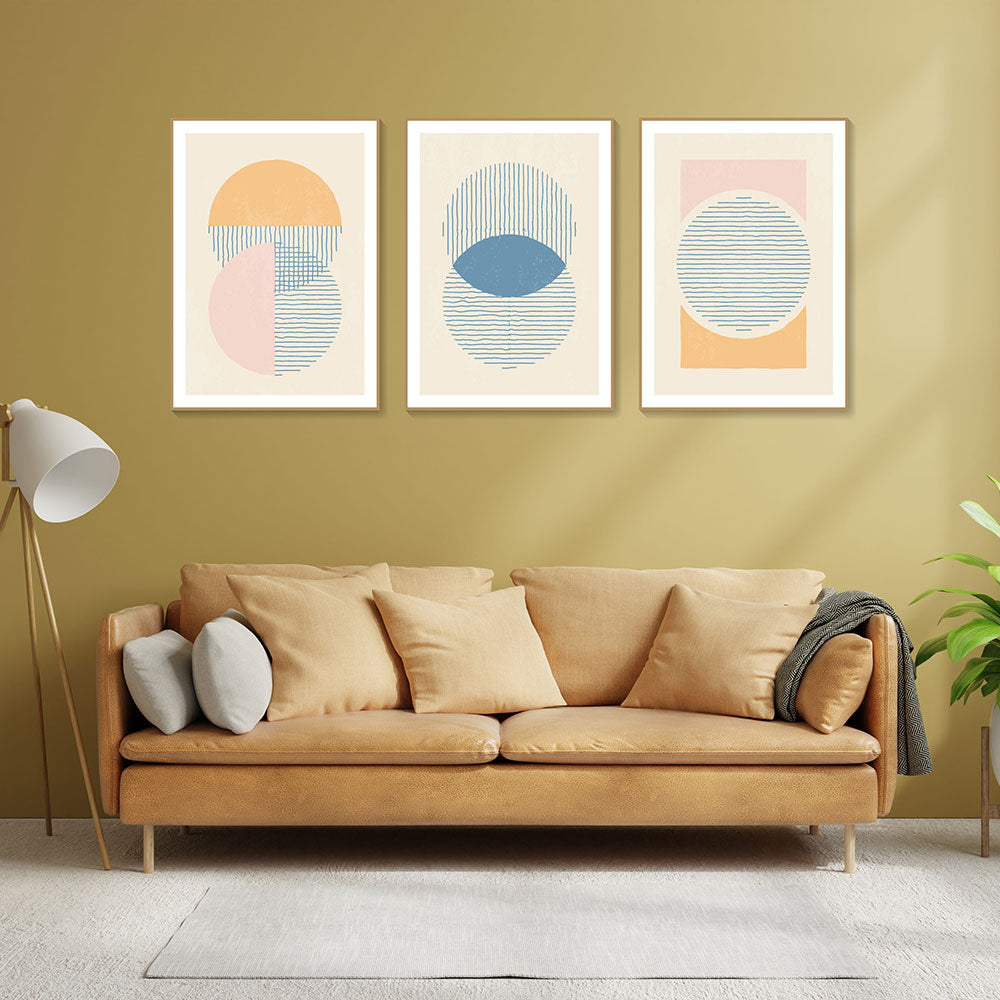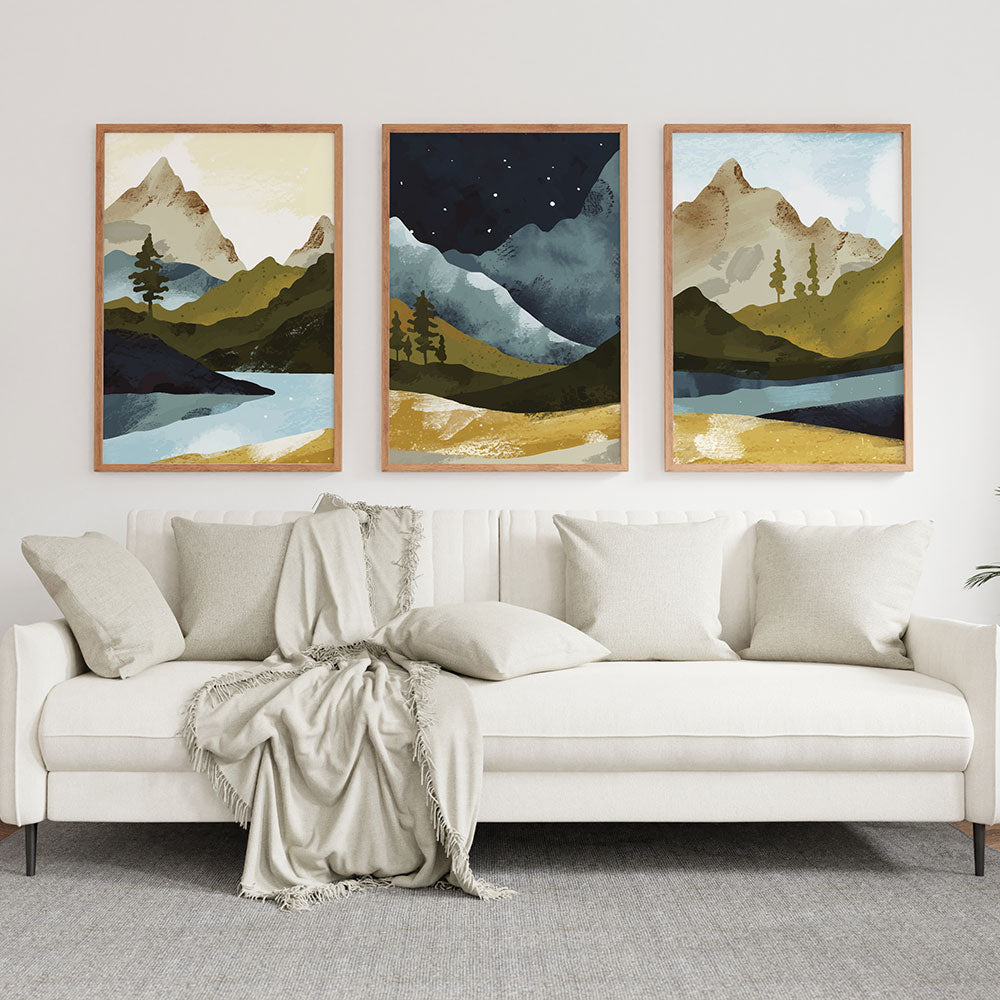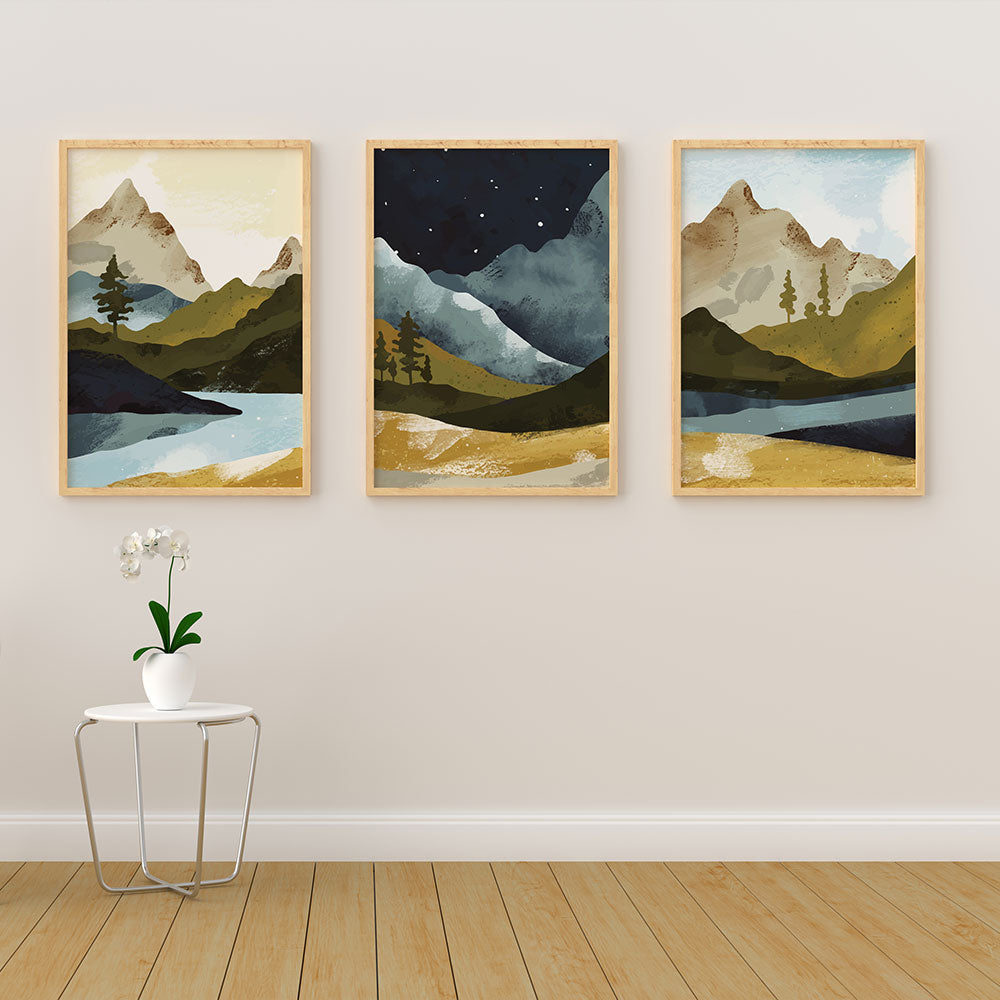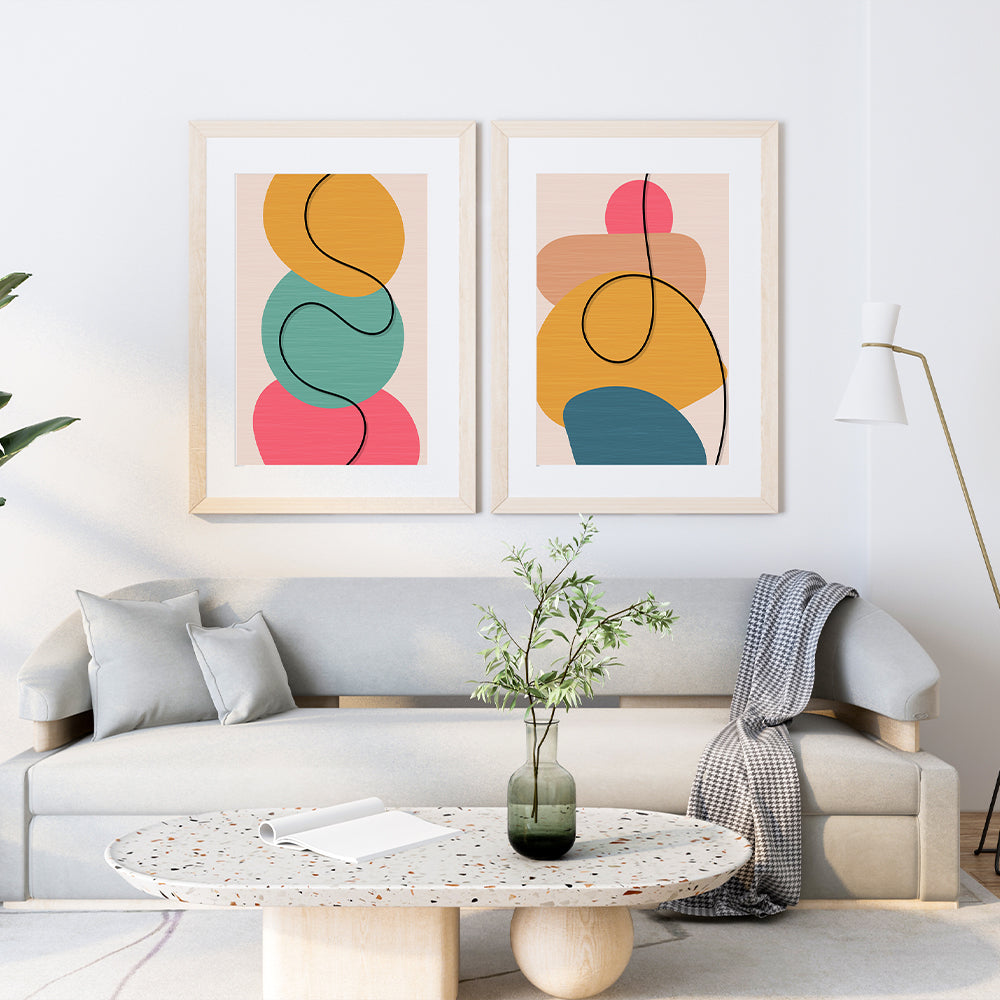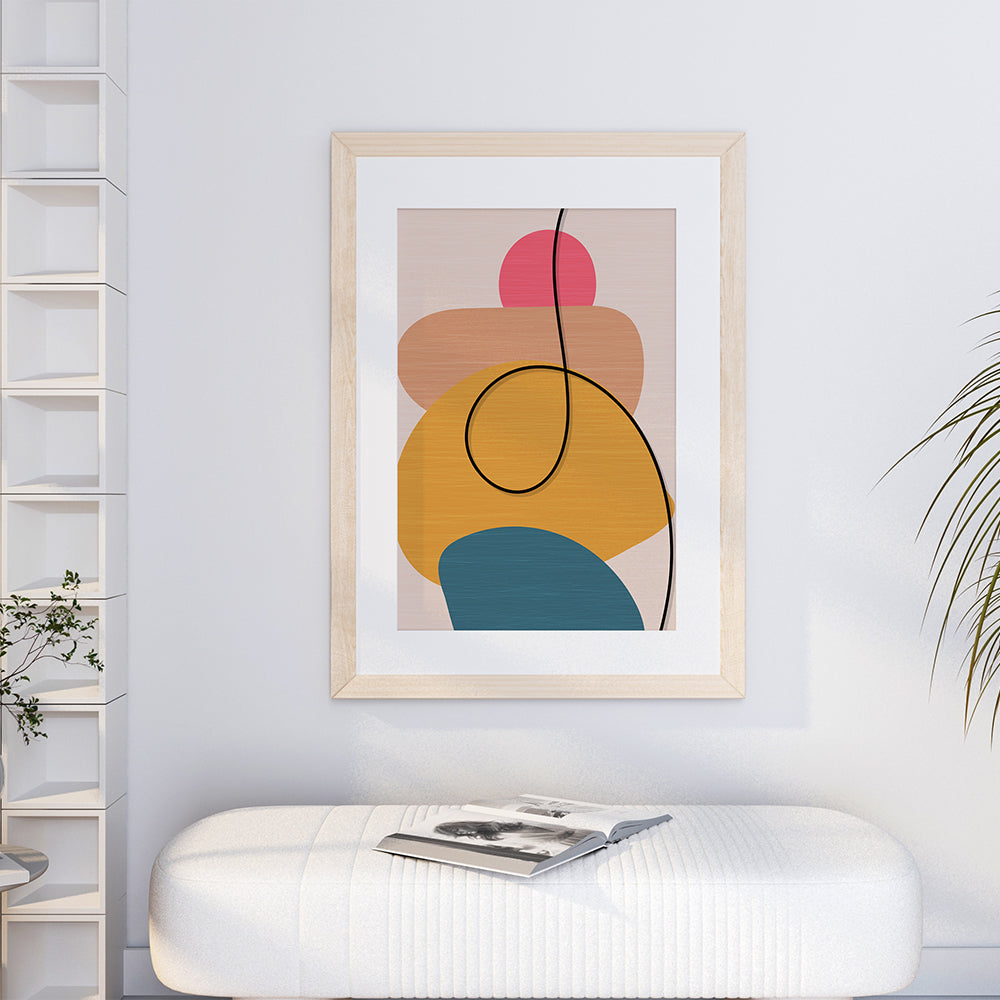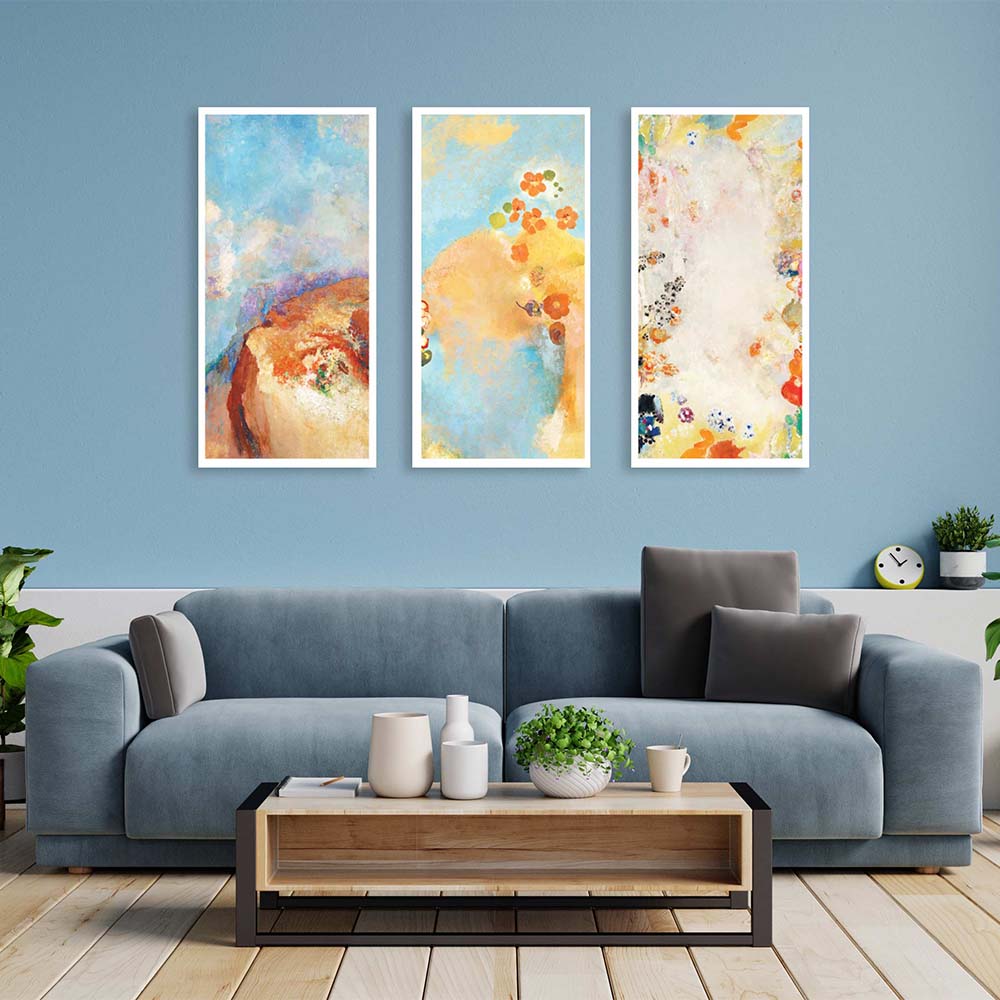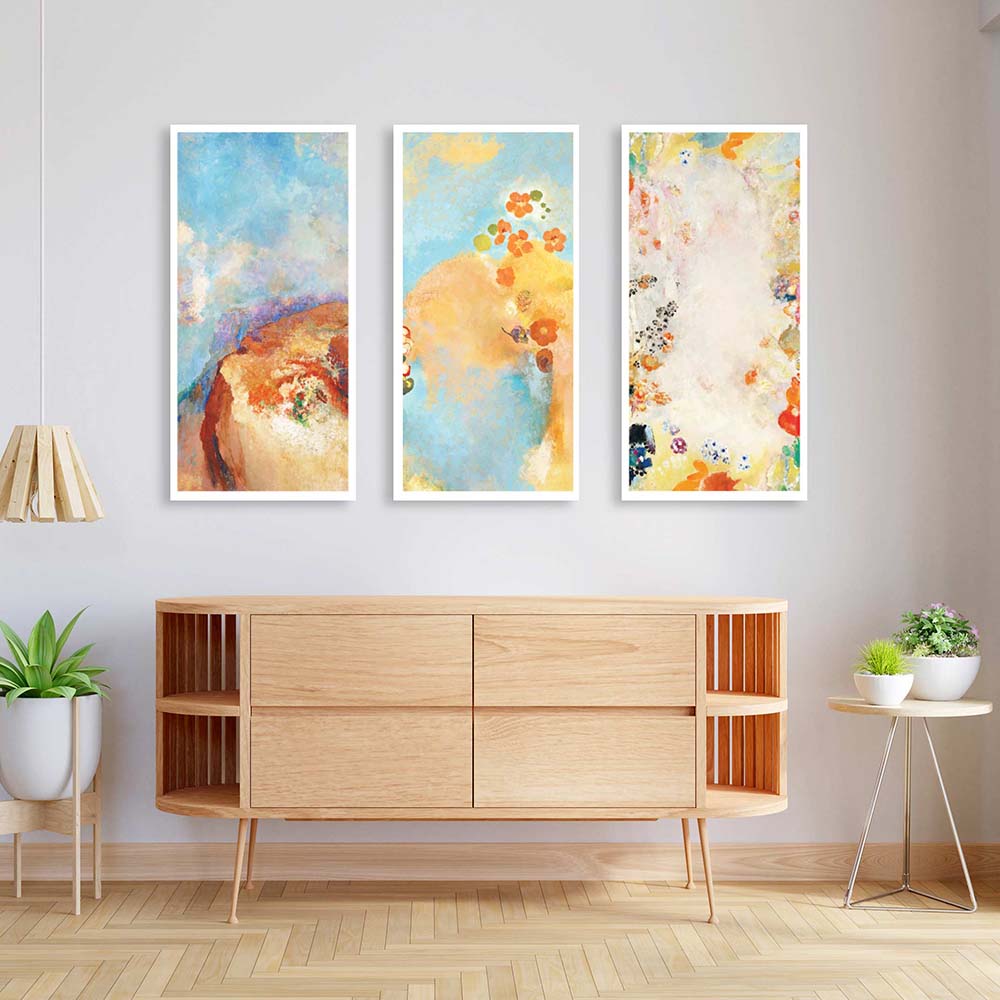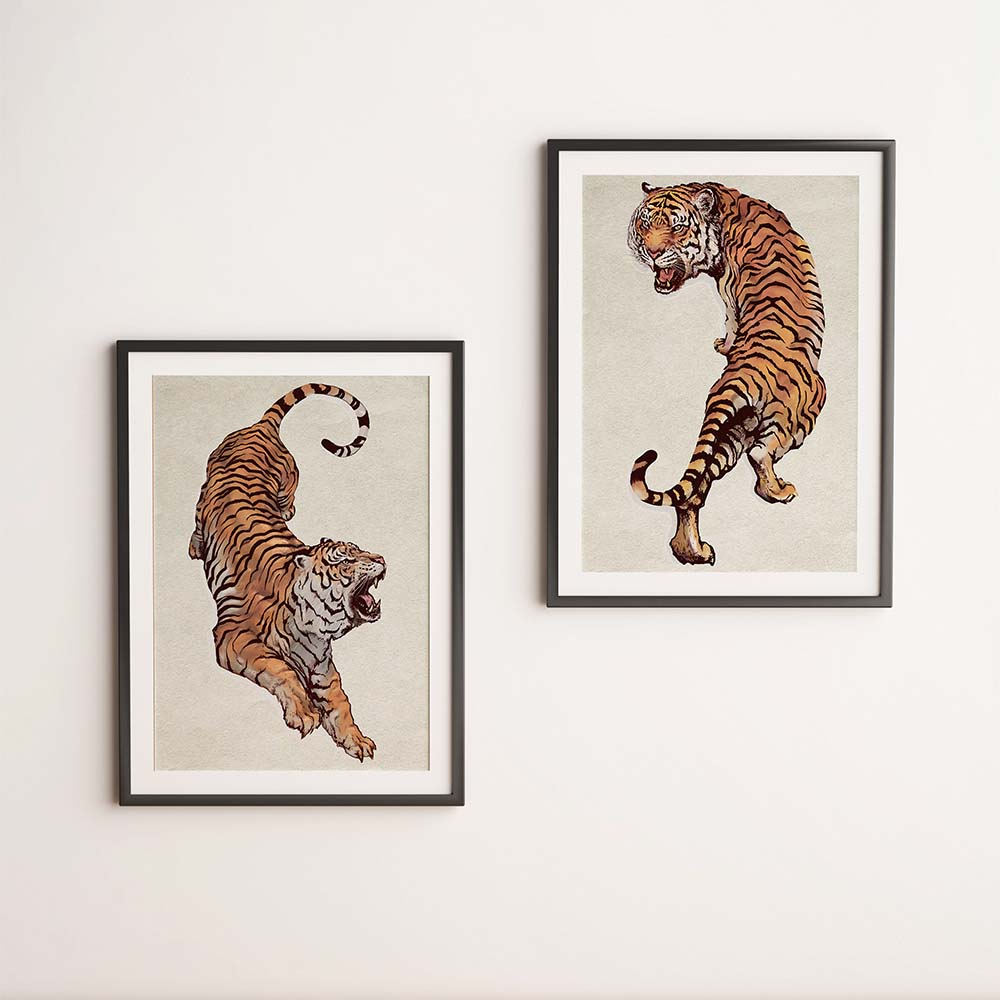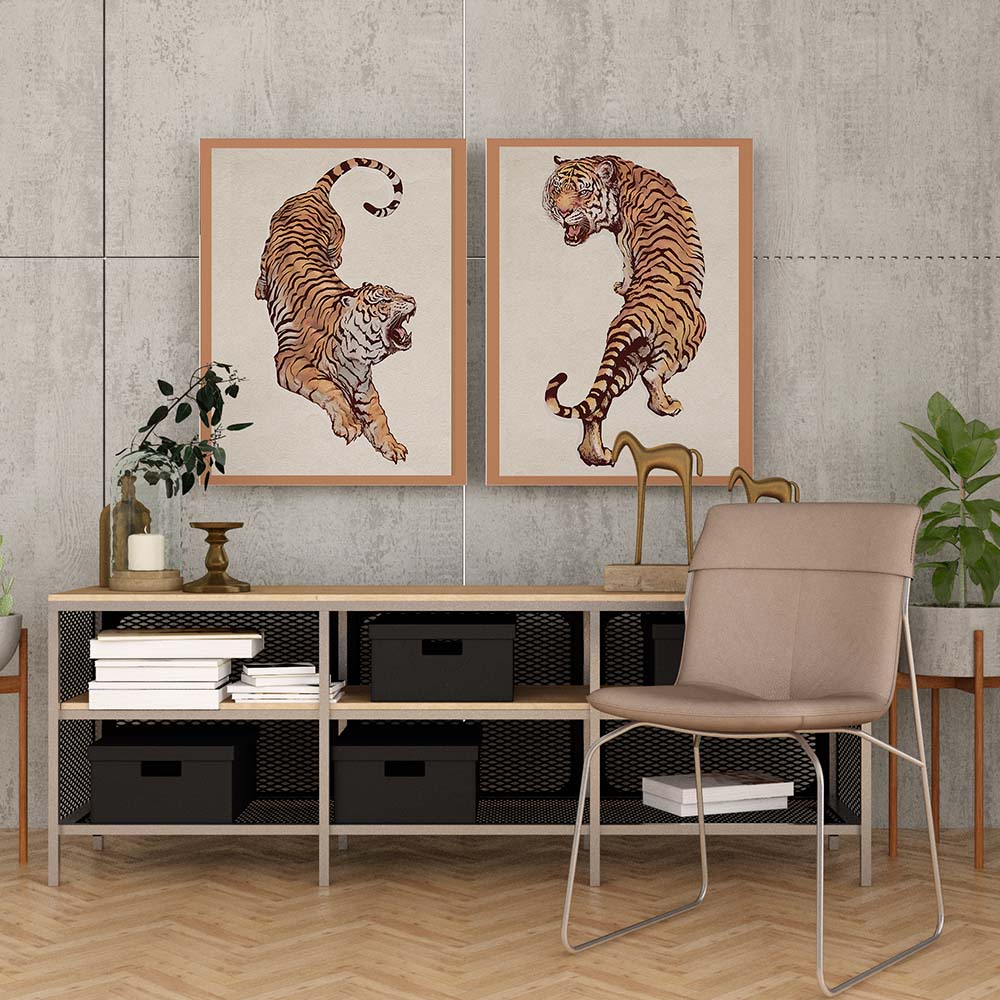Timeless Islamic Paintings That Radiate Peace and Devotion
Peace, devotion, and transcendent beauty—few artistic traditions evoke these feelings as gracefully as Islamic painting. Rooted in a rich heritage that spans centuries and continents, Islamic art unfolds in mesmerizing geometric patterns, flowing arabesques, and scenes illuminated with reverence and harmony. This article delves into the essence of timeless Islamic paintings: what makes them unique, how they inspire serenity in any space, and how modern creators and collectors can let these traditions infuse their homes with spiritual depth.
The Spiritual Foundation of Islamic Art
At the heart of Islamic paintings lies a profound commitment to perspective—spiritual, mathematical, and natural. Unlike many Western artistic traditions that focus on human figuration, Islamic art is renowned for its emphasis on non-figurative forms. This stylistic choice arises from religious teachings that caution against idolatry and the depiction of living beings in sacred spaces. The result? An astonishing celebration of infinite, abstract beauty.
Key Themes in Islamic Paintings
· Tawhid (Unity): Art becomes a visual reflection of the oneness of God, with repeating motifs and infinite floral patterns underscoring unity.
· Sabr (Patience) and Devotion: The painstaking, meditative process of creating intricate designs is itself an act of devotion.
· Harmony and Balance: Geometric precision and harmonious color palettes evoke a sense of cosmic order—a reminder of the universe’s divine design.
· Quranic Calligraphy: Words from the holy text are rendered as works of visual poetry, often the centerpiece of both traditional and modern Islamic art.

Historical Evolution: From Palaces to Prayer Spaces
Islamic paintings evolved alongside the Islamic empire, from the grandeur of Persian miniatures to the abstract brilliance of Ottoman tiles and Moroccan mosaics. The styles may shift from region to region, but all share a commitment to transcendence and reflection.
Persian Miniature Paintings
Highly detailed, often used to illustrate poetic and historical manuscripts:
· Rich in color, gold leaf, and meticulous brushwork.
· Scenes of paradise, gardens, and courtly life—rendered with both realism and stylization.
· Often paired with calligraphy and poetry, blurring the line between written and visual art.
Ottoman and Mughal Art
· Ottoman illuminations thrived on symmetry, complex geometry, and garden themes—seen in palace murals and mosque domes.
· Mughal miniature paintings, influenced by Persian styles, moved storytelling forward with subtle use of space, delicate faces, and vibrant flora.
Andalusian and Moroccan Inspirations
· Zellige (tilework) and decorative painting found on mosque walls.
· Patterns dance across surfaces, embodying the rhythms of both creation and prayer.
The Language of Peace: Symbolism in Islamic Painting
Why do viewers so often describe Islamic art as peaceful? It’s by design. Every element is carefully selected to guide the viewer’s heart and mind toward tranquility and devotional stillness.
Geometry: Contemplating Infinity
Islamic painters often use straight-edge and compass to build unending patterns—hexagons, stars, and tessellating forms:
· Suggest the infinite nature of God.
· Mirror the ordered movement of the cosmos.
· Encourage contemplation, as the eye moves endlessly across the design.
The Arabesque: Flowing with Divine Creation
These looping, asymmetrical vines and blossoms symbolize an idealized natural world, unspoiled and eternal. Arabesques are found in:
· Margins of illuminated Qurans.
· Dome and mihrab paintings.
· Modern interpretations on canvas and textiles.
Calligraphy: The Art of the Word
The written word holds sacred status. In Islamic paintings, calligraphy becomes painting—letters twist and weave, forming meaningful shapes:
· Verses from the Quran, names of the Prophet, blessings, and prayers.
· Kufic (angular, ancient) and Thuluth (elegant, sweeping) scripts.
· Often paired with gilding and decorative borders, these works invite both reading and silent admiration.
Color and Light: The Soul of Islamic Art
The color palette of timeless Islamic paintings glows with intentionality:
· Blues and greens: Symbolize paradise, water, and tranquility.
· Gold and white: Embody divine light, purity, and spiritual wealth.
· Red and ochre: Signal vitality, blessing, and protection.
Islamic artists are masters of using light—through gold leaf, glazes, and layered colors—to create luminosity and a sense of otherworldliness.

Living With Islamic Art: Serenity for the Modern Home
Today, timeless Islamic paintings are prized by collectors and interior designers alike, sought for both their visual impact and their power to cultivate a spiritual atmosphere. Here’s how to incorporate them into your own sanctuary:
1. Choose Your Centerpiece
A well-selected Islamic painting enriches any space:
· Above a mantelpiece or bed for a daily reminder of unity and peace.
· In meditation or prayer corners to inspire reflection and gratitude.
· In welcoming entryways to impart blessing and hospitality.
2. Pair With Minimalism
Let the intricate patterns speak for themselves—pair with neutral walls, simple furnishings, and a few curated objects for an atmosphere of meditative calm.
3. Illuminate with Intent
Use soft lighting or place paintings where natural light highlights their metallic accents and layered colors, maximizing their peaceful glow.
4. Mix Old and New
Combine classic motifs (arabesques, calligraphy, geometric repeats) with modern formats—digital prints, canvas wraps, or sculptures—for a unique blend of tradition and innovation.
Modern Masters, Contemporary Interpretations
While historic examples inspire awe, today’s artists continue the legacy—using both traditional and digital techniques to reinterpret Islamic themes for the 21st century. Brands like Krutik specialize in original canvas prints and digital paintings that pay homage to this heritage, offering:
· Mandala-inspired patterns rooted in Islamic geometry.
· Minimalist calligraphic art focusing on peace, gratitude, or blessing.
· Abstract interpretations of paradise gardens, rendered in contemporary palettes but with ancient resonances.
· Customizable options—choose a color, script, or pattern that reflects your own journey.
Owning a piece from such a collection isn’t just a style statement; it’s a way to participate in a living tradition that stretches from medieval masters to today’s creative innovators.
The Transformative Power of Peaceful Devotion
Why do Islamic paintings never go out of style? Because their beauty is more than surface deep. They radiate qualities that every soul and every home yearns for:
· Calm in the midst of daily busyness.
· Devotion and intention that nurtures spiritual growth.
· Aesthetic unity—reminding us that life, like art, is more meaningful when connected to something beyond ourselves.
From the rhythmic brushwork to the glowing gold, each painting becomes a dialogue between artist, tradition, and viewer—a silent invitation to breathe, reflect, and remember one’s higher purpose.
Timeless Islamic Art for Inspiration
Whether you seek an historic reproduction, a modern interpretation, or a completely unique creation, look for paintings that:
· Use geometric or botanical patterns to create a sense of order and positivity.
· Include calligraphy with verses or words that hold personal significance.
· Employ colors chosen for their ability to soothe, uplift, and inspire.
Consider consulting with contemporary artists or curated brands like Krutik, who understand the spiritual dimensions of Islamic art and can create pieces tailored to your space and vision.

Final Thoughts: Let Art Become Prayer
Islamic paintings are more than beautiful—they are visual embodiments of peace and devotion, meant to be lived with, not just looked at. In homes, places of worship, or personal sanctuaries, these works offer daily moments of beauty and connection to the eternal.
By choosing timeless Islamic art, you’re not merely decorating—you’re building an environment where faith, tranquility, and inspiration quietly take root. Let such art invite you, and all who enter, to pause, breathe, and embrace the unending harmony at the heart of both art and life.
Explore original Islamic-inspired canvas prints, geometric patterns, and calligraphic art with spiritual depth at Krutik or your trusted local creators. Breathe peace. Live devotion. Let every wall become a gentle prayer.
